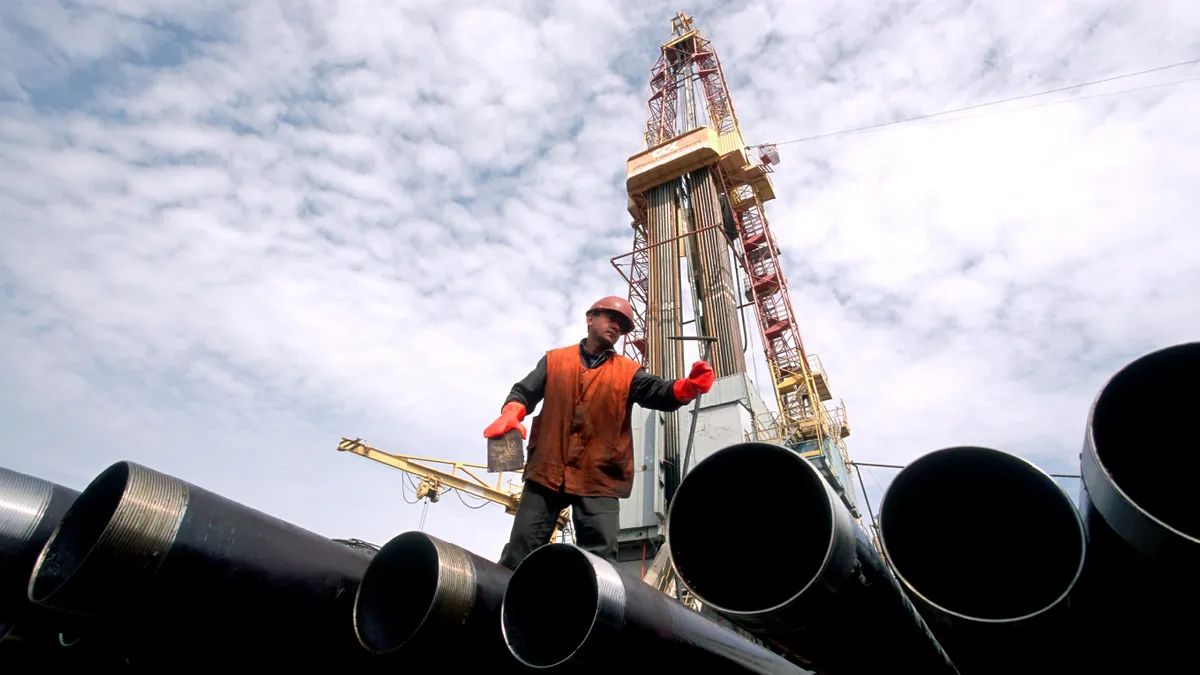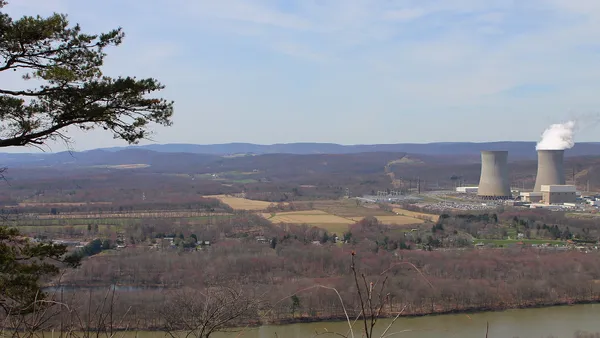Dive Brief:
- Despite the rapid growth in renewable energy and decline in the coal sector, data from the U.S. Energy Information Administration shows new gas capacity additions could reach their highest rate since 2005.
- Taken together, the agency said 2017 and 2018 additions would increase natural gas capacity by 8% from the end of 2016.
- The hefty expansions follow five years of capacity losses in the coal-sector, which lost an estimated 47.2 GW between the end of 2011 and the end of 2016.
Dive Insight:
A 15% reduction in the nation's coal capacity has left the generation sector turning to natural gas in the near term, according to the EIA.
"Depending on the timing and utilization of these plants, the new additions could help natural gas maintain its status as the primary energy source for power generation, even if natural gas prices rise moderately," EIA said in a post yesterday. Gas delivered to power generators averaged $5/MMBtu in 2014, but fell to $3.23/MMBtu in 2015 and $2.78/MMBtu for most of last year.
EIA said expanded shale production is one of the main reasons gas prices have remained low, and help the generating resource keep its top spot. Many of the natural gas-fired power plants currently under construction are located in Mid-Atlantic states and Texas, with access to large shale gas deposits. "Expanding natural gas pipeline networks also help support the growth," EIA added.
The price of natural gas and wholesale energy is closely linked in some regions, particularly in New England and Mid-Atlantic where it often sets the margin price of power. Utility Dive has begun publishing its Power-Gas Index, which aims to illustrate the linkage between the fuel and power, and how little spare capacity is built into the system.
The EIA does expect gas prices to rise this year and next, potentially leading to some project postponements or cancelations. But any impact will be quickly recognized, as construction timelines are relatively short. The agency said more than half the gas-fired generating capacity scheduled to come online in 2017 and 2018 was not yet under construction as recently as three months ago.
However, rising fuel prices are expected to help coal burn get a boost this year. The EIA expects total U.S. generation supplied by natural gas will decline from 34% last year to 32% in 2017.Coal’s share of generation is projected to rise from 30% to 32%, in part because higher prices will make fuel shifting less attractive.
That decline will be temporary, however. "By 2018, however, the scheduled expansion of overall capacity fueled by natural gas is expected to more than offset the effect of higher natural gas prices and potentially reduced utilization, resulting in a slight increase in natural gas’s share of total U.S. electricity generation," EIA concluded.














